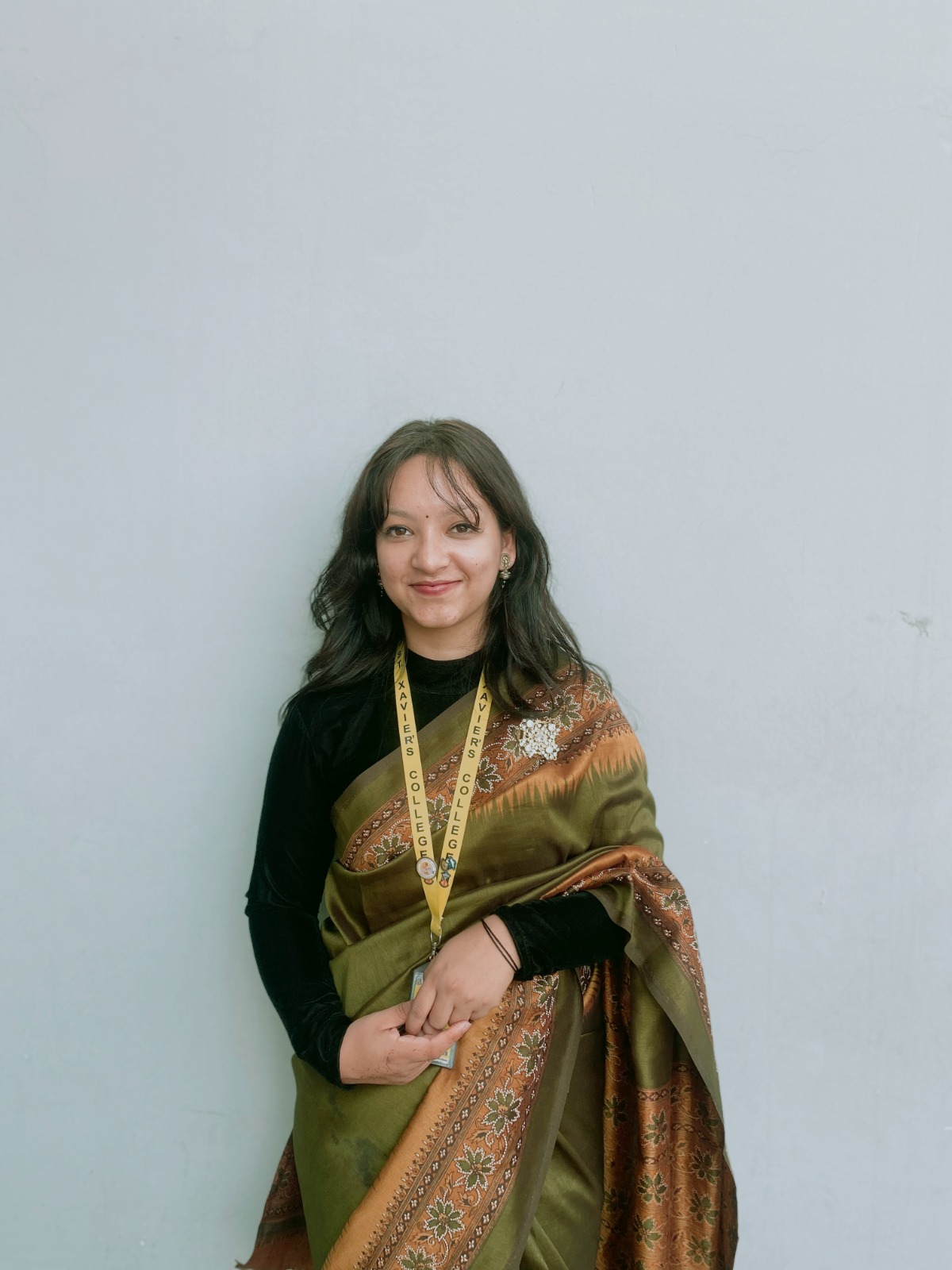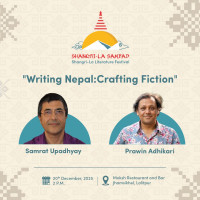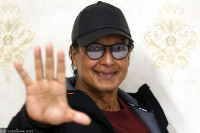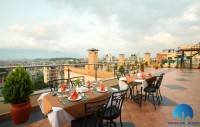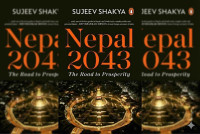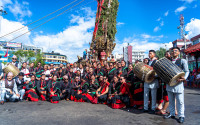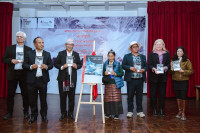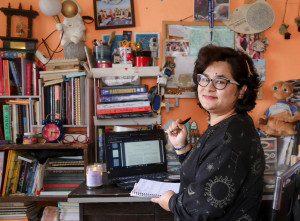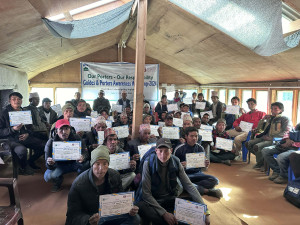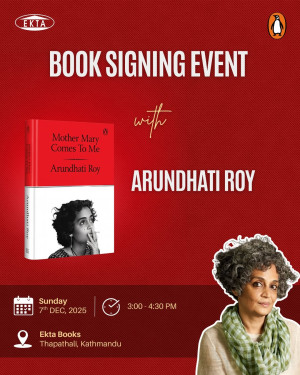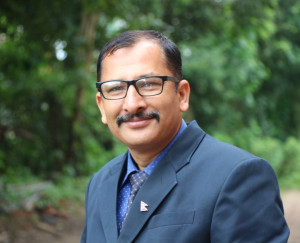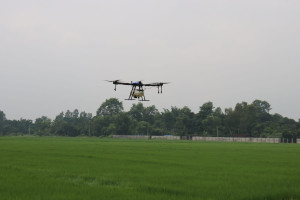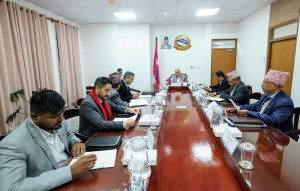Culture & Lifestyle
Lemi Tamang on makeup and making it on her own terms
The makeup artist and entrepreneur discusses her early struggles, and launching a brand for young Nepali consumers.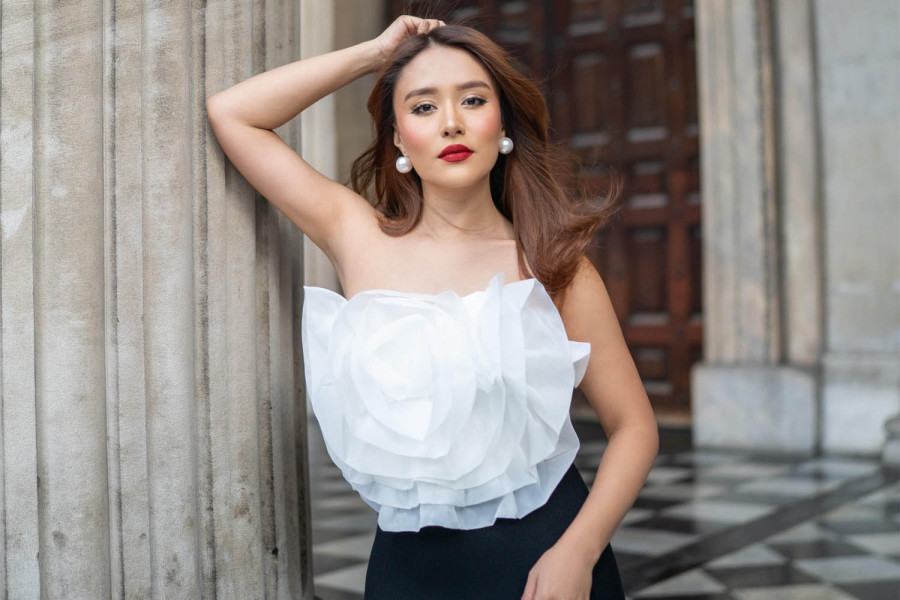
Aarya Chand
Lemi Tamang is a well-known figure in Nepal’s makeup industry. She secretly began her career by hiding it from her mother and has since worked in cities like Mumbai, Milan, and Dubai.
She has recently launched Bisou by Pastel Beauty, a sister brand to her original line (Pastel Beauty), and continues to expand her reach while addressing challenges in the beauty sector.
In this conversation with the Post’s Aarya Chand, Tamang discusses her early days, the realities of the makeup industry, and her approach to building a business rooted in accessibility and ethics.
Can you share your journey as a makeup artist and what led you to pursue this career, including your move from Nepal to Mumbai?
My journey began with my mother’s disapproval of my passion for makeup despite my love for art and winning numerous competitions. I remember staying up all night on one project, only to tear it up, but I reworked it and won the competition. When my mother went to Solukhumbu, I took on bridal clients and showcased my work on social media, which helped me gain attention.
At 19, I rented a photo studio and charged Rs9,000 per makeup session. Eventually, my mother recognised my dedication when I took her to my studio, and she fully supported my decision. I also began offering makeup classes, which were quickly fully booked.
Feeling stagnant in Nepal, I moved to Mumbai to further grow my career. I initially told my mother I was going for a vacation, but I tested the waters there. Without any contacts and with only bridal pictures in my portfolio, I faced many rejections. But a kind photographer gave me a chance to build my portfolio, and eventually, the agency that had rejected me before took me in. Moving to Mumbai turned out to be a key decision, helping me advance in my work and gain recognition.
You recently launched Bisou by Pastel Beauty, a sister brand to Pastel Beauty. What inspired you to create this new brand, and how does it reflect your vision?
From the beginning of my journey as a makeup artist, I always envisioned creating two brands. I have a young audience, many of whom are 15 or younger, and I wanted to keep them in mind when launching Bisou. Additionally, I wanted to focus on the Nepali market, where not everyone can afford expensive beauty products. This brand is a passion project dedicated to the people of Nepal. My goal was to offer high-quality products at an affordable price, making them accessible to everyone.
While the products might be priced higher if sold in international markets, I made sure to keep them affordable for the Nepali market. I understand that many of my young followers may be purchasing with their pocket money. I appreciate their support, and that’s why I created Bisou as a sister brand—designed for my followers, my ‘sisters’. It reflects my commitment to providing cruelty-free and vegan beauty products while staying grounded in the Nepali community.
What was the biggest challenge in launching your brand, and how did you overcome it?
The biggest challenge I faced was finding the proper manufacturer. When I first worked with one in Italy, everything seemed great, but I realised many aspects were out of my control. As a brand owner, I needed to work with a manufacturer I could fully trust. This was crucial for me to ensure the quality and consistency of the products.
Additionally, since I’m a makeup artist and like to be involved in product creation, developing the products was challenging and rewarding. I enjoy this part of the journey, even though it takes a lot of effort. Another hurdle came from the logistical side, like importing products and dealing with government regulations, which added another layer of complexity to the process.
What influenced your decision to take a different approach for Bisou by Pastel Beauty after developing Pastel Beauty in Italy, and how did travelling to multiple countries shape the brand and its products?
My approach to creating Bisou by Pastel Beauty is more personal than technical. For me, it’s important to work in a place where I can repeatedly visit. I value the freedom to design my life on my terms, and since I travel often, I prefer to choose locations I enjoy.
When selecting countries, I consider my personal preferences and research which countries excel in manufacturing certain products. For example, Canada is known for producing the best foundations, South Korea is renowned for skincare, and Poland is great for eyeshadow. Even India has become a leading producer of Kajal. This research helps me choose the right manufacturer for each product I want to create, ensuring the highest quality.
Do current pay scales for makeup artists reflect the skill and effort required for the job?
The pay scales for makeup artists can vary greatly depending on the type of work. In Nepal, I’ve heard that makeup artists in the movie industry aren’t paid well, while freelancers generally have more control over their rates and tend to earn decent amounts, especially in bridal makeup. Junior makeup artists working under senior professionals are also paid well. However, I’m not too familiar with rates in brand shoots or other commercial work.
On a global scale, makeup artists are often paid per day, and when converted to Nepali Rupees, the amount can be significant. In places like Mumbai, the pay can be quite surprising, and the role of a makeup artist is considered essential in various fields like brand shoots, ad shoots, movies, and reality shows.
What do you wish the makeup industry could be doing better or differently? What are your hopes for the future?
The makeup industry has many talented new artists, and overall, it’s thriving. However, when it comes to products on the market, countless items are being sold with unclear information about their ingredients and origin. Only a few brands are transparent about these details. Many consumers are unaware of what goes into their products, and I believe the government should implement stricter laws and policies to address this. There’s also a rise in counterfeit products that must be controlled to ensure consumer safety and authenticity.
How has the rise of social media beauty influencers impacted the industry?
While some influencers use negativity to gain attention, most are enthusiastic and inspiring, especially as younger generations now view beauty as a viable profession. However, it’s important to remember that being able to do your own makeup doesn’t necessarily make someone a skilled makeup artist. A true makeup artist needs to be able to enhance another person’s beauty, and that requires real expertise. The industry is growing, and influencers play a big role in encouraging others to pursue this career but to stand out, one has to bring unique talent and good work to the table.
What has been the best experience of your career so far?
Throughout my career, I’ve had the opportunity to work with various artists and industries, but my ultimate goal was always to work on an international level. The highlight of my career has been working for Harper’s Bazaar, one of the biggest magazines, and collaborating with supermodels and top brands in Milan. I’ve also had the privilege of working with agencies like Inega in India, Bareface in Dubai, and even in New York, where I had to submit my portfolio to be selected. As a Nepali woman, reaching this level feels like a dream come true. Working in Dubai, Milan, and New York truly stands out as the pinnacle of my career.
What key lesson have you learned in your career, and what challenges do makeup artists face today?
The most important lesson I’ve learned is to step out of my comfort zone and take initiative. In a saturated market, no one will hand you opportunities—you have to approach people and create connections. Even in Milan, I would approach anyone who looked like a model or worked in cafes, offering to do makeup for them. Many of them turned out to be models, and that’s how I started building my network. As for challenges, one major issue today is the practice of makeup artists charging too little, which can devalue the work and affect the overall market. This makes it harder for other artists to charge fair prices.
Another challenge is standing out in such a saturated industry. For me, the journey has been about learning to adapt to new environments, especially when I moved to a new country, and continuously building my skills and network.




 19.12°C Kathmandu
19.12°C Kathmandu